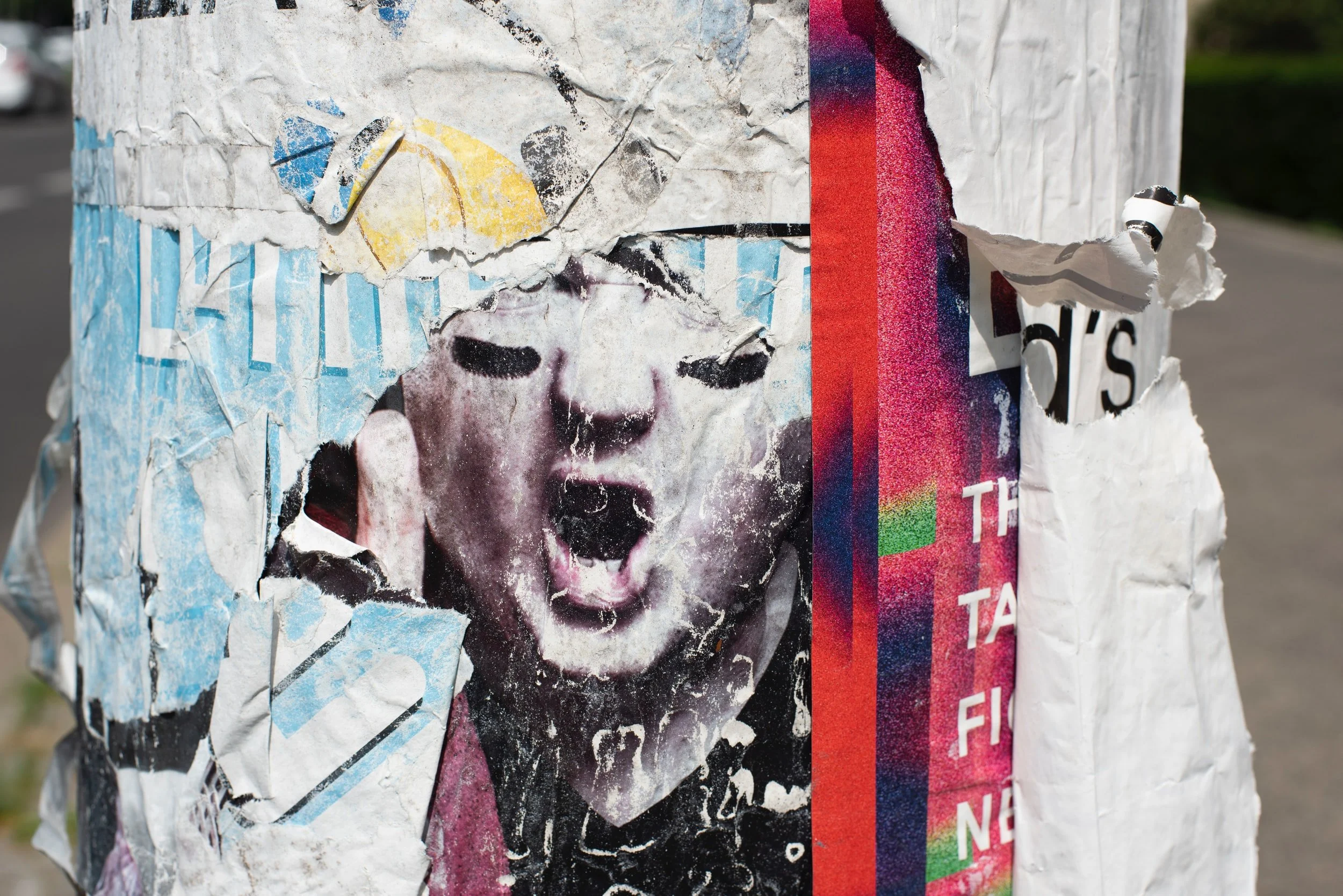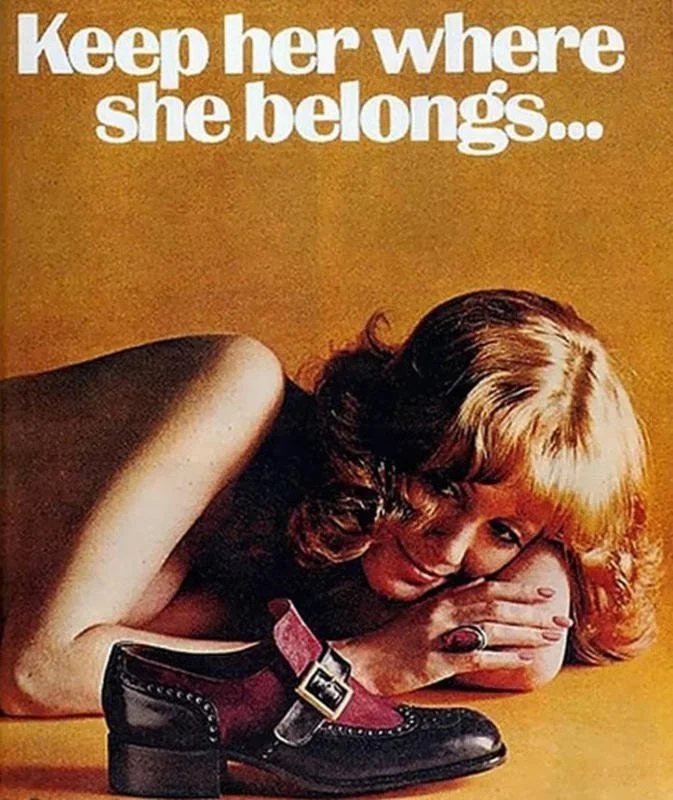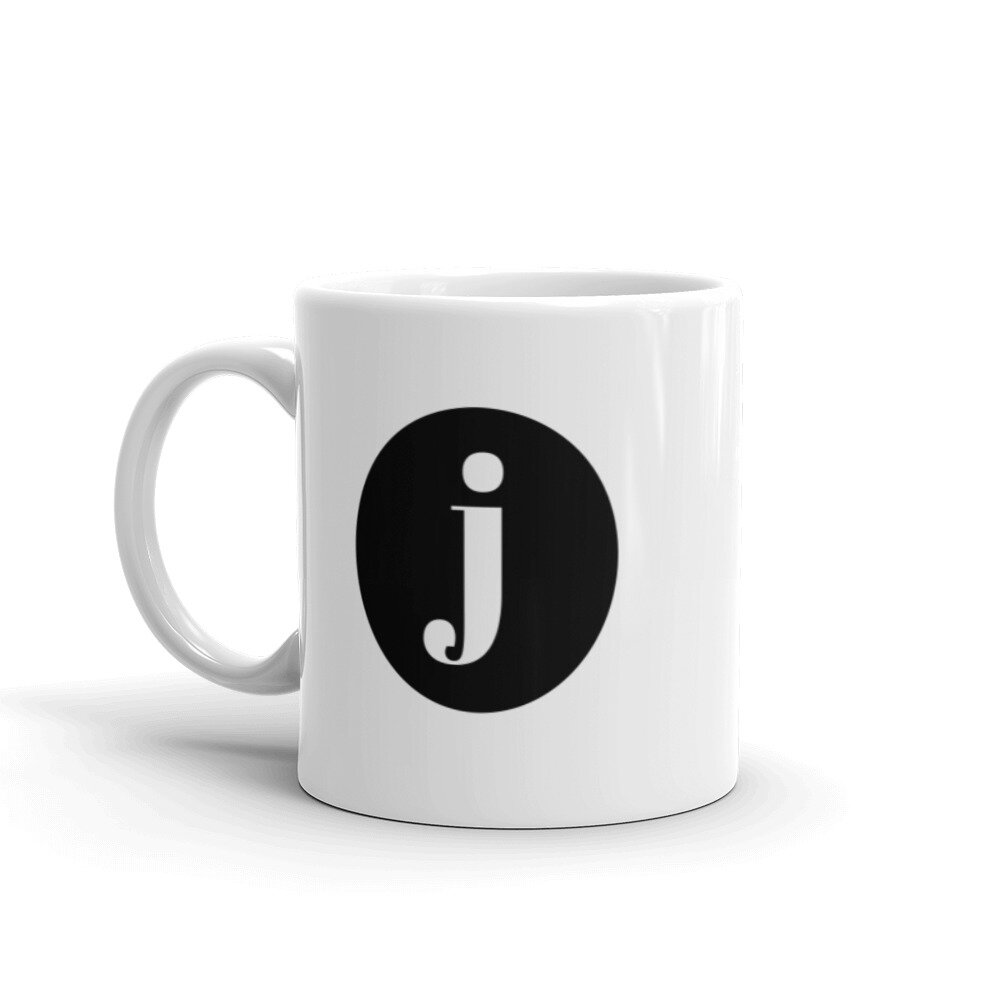Can We Ditch Sexist, Ageist Advertising for Good?
Interview by Jennifer Cooper
Image by Wolfgang Menel for unsplash
“Women over 40 are vibrant, powerful and they have a lot of money. That’s important if you want to sell something. So they should be represented in marketing and advertising.”
How often do you see middle-aged people in advertisements? I’m betting it’s infrequently, if at all.
Do people aged 40 to 60 not buy things? Do we stop having stories worth sharing? Do we go into some sort of invisible mode in which only our kids, partners, bosses, and parents—anyone who needs something from us—can see us? And that outside of those folks, we’re ghosts?
The messaging across all media about middle age isn’t great. We’re told we ache more, our middles spread, and we lose our vibrancy. While some of that may be true, it isn’t all true. There’s a lot of joy, texture, nuance, and life after 40. In fact, when polled, women over 40 say they feel younger, sexier, and cooler than they ever expected.
And here’s the other thing about middle age that we don’t see in commercials: it’s diverse! While some of us have children heading off to kindergarten, others are sending their kids off to college. And many have no kids at all.
So why aren’t we seeing any of this in advertisements? When most ad companies are run by people who a) aren’t women, and b) haven’t yet hit middle age, I don’t know that we can blame them for not knowing how liberating and empowering this age can be. Did you know only .1% of creative agencies are women-owned and operated?
But there is someone who does know it intimately: Erica Fite. I spoke with the Co-Founder and Co-COO of Fancy last year about being one of the remarkably few advertising and marketing agencies keeping our age group in mind. They see a movement ahead, not just a moment.
The following conversation has been edited and condensed for clarity.
This is what we grew up? No wonder so many of us struggle with body image.
As you know, marketing and advertising has an impact on our culture, as well as on our mental health. So, I wanted to talk to you about how it can be done better and more powerfully so that younger women realize they can thrive well beyond their 40s. And maybe, just maybe, we won’t be primed to be so damn depressed once we reach that age. Speaking of that, you had an experience where you told a younger colleague that you were turning 40 and her response was…sharp.
Yeah, she said, “Whoa, I’m never turning 40 in advertising.” And when she did, she was never going to talk about it. Part of me knew that people might think I was old for an art director, but to have it verbalized was the thing that hit home.
I studied as an actor for a while before I got into advertising and spent some of my years when I should have been a young art director trying to act. So I got into the advertising world a bit later than others. I guess I was a little insecure.
Insecure?
I mean maybe I told her so I could test the waters, see if my fear was valid. But I also thought, I’m going to have my birthday and I’m not going to lie about my age.
So, did you have imposter syndrome?
I still experience imposter syndrome. I wonder if it’s different for younger people now. They are used to putting so much of themselves out there with social media and the internet. I think we were taught, as young women, not to brag. We weren’t supposed to show that we were trying. In fact, it was cool not to try. So, I think that messaging was ingrained.
Have you ever taken an Implicit Bias test? Experts say that while most of us would never in a million years say we’re okay with sexism, racism, homophobia, transphobia, etc., we still unknowingly hold biases. One way we learned them is growing up with television and advertising that supported those underlying themes and stereotypes. It’s why representation both on screen and behind the scenes matters.
Yes! I feel that, too. I try to fight it, but it’s exhausting.
To this day, I’ll speak at an event and I’ll think, “Why would anyone want to hear me talk about this?”
But obviously they do! That’s why they invited you to speak. So you got this late start to advertising? How’d you get into it?
You can get into it in various different directions. But I got into it because I was studying acting in LA and I was doing a bunch of other jobs outside of acting to get money. One of them was doing gofer work for an advertising agency. I saw that they were doing creative work and they got paid for it regularly and so I got interested. And thankfully, the people who worked at the agency encouraged me to become an Art Director. So I stopped acting and pursued it.
The nice thing about an art director in advertising is that you can enter it from many different creative avenues. You don’t have to be a fine artist. You can think of creative ideas and get paid for it. Unlike acting, where it’s maybe you’ll get paid.
The “perfect self-made” woman? Lies were told and people believed them. Who could do all these things without any support?
Yes, there’s a lot of hustling in competitive industries like acting. But, isn’t advertising competitive?
Someone said to me once, “Isn’t advertising hard? Your work gets rejected all the time.” I said, It’s heaven compared to acting. You get rejected 99% of the time then.
Good point. So how did Fancy come to be?
Well, I worked at lots of different agencies over the years and then, 10 years ago, my partner Katie and I started Fancy.
How did you two meet?
I think many women in the industry find themselves on a similar track. You’re one of the girls in the creative department. Something comes up that’s related to women, like beauty or tampons, and in my case I worked on a beauty account which then branded me a beauty expert. Katie and I met at Clinique and both of us continued to cross paths over time.
Both Katie and I had worked so long on so many accounts that weren’t speaking to women the way we thought they should. We not only had issues with the way advertising didn’t work for women creating the advertising, we also felt ads could work better at speaking with, and authentically representing, the women we were trying to reach. We wanted to change that so we figured we needed to start our own thing.
“Advertisers can move the cultural needle if they want to and I think they should.”
So you found this opportunity to change things?
Yes. Did you know that there are very few female creative directors especially in the higher levels. In fact, only 3% of creative directors were women when we started 10 years ago. Granted, it’s better now. It’s over 29%, but I don’t know if Covid has affected that.
read +
The Male Nude & the Female Gaze
When 46-year-old photographer Jennifer Folsom picked up her camera, something shifted. She no longer felt invisible. In fact, she felt powerful. And she wanted to explore her reclaimed visibility in a way that made sense to her: through art. She shares what she learned about desire, gender roles, and life after embracing the female gaze in this conversation with fellow artist, Melanie Biehle. [con’t…]
What do you think holds women back from pursuing a career as an Art Director?
The long hours. The work life imbalance. For most women, the childcare falls on their shoulders and it’s hard to work traditional advertising hours when you’re raising kids.
With Fancy, we thought we could do that differently. We wanted to create an agency that let women work on their schedule or hire part-time people who want to choose their projects. This approach works because we work with incredibly qualified people and we give them flexibility.
Flexibility seems to be key these days for everyone.
Here’s another thing we wanted to do differently with our agency. I heard a stat that one in four Americans is a woman over 40. Now, if a quarter of the population isn’t represented in the work or doing the work, you’re missing out on a big part of the market.
It used to be millennials you wanted to talk to because they’re such a large group, but now they’re 40. Hopefully that will help sway things. I don’t think they’ll take being ignored as an option.
Artist Eli Rezkallah recreated ads from the past but reversed the gender roles. The results went viral.
What has your research shown about women in “midlife?”
That advertising isn’t speaking to this group. Women in midlife, so the 40-60 range, say they feel younger, sexier, and cooler than they thought they would. It’s awesome that they feel this way, but I feel it’s a bummer that they have to say “than I thought they would.”
It makes you wonder what they were taught about aging when they were younger.
I know. I didn’t have a tv growing up, but I was still affected by advertising messages. Looking back, it’s crazy beyond what you even remember. Do you remember all the pantyhose stuff? I knew people who worked in the 90s on Leggs and they had to show male appreciation and wear pantyhose in the office. Then there was “gentlemen prefer Haines.” Oh and did you ever see the Tab spot where it’s a man working late at the office and he’s thinking about his wife because she’s skinny? And then there were the messages of how dangerous it is for women to be at the wheel for Goodyear. Oh and Maxwell House with their nice little housewife and bizarre father son dynamic. Something like “Be a good, nice little housewife. Don’t experiment with my son or coffee and we’ll be alright.”
This ad Fancy created for Lion’s Den features an ensemble cast and how life can go on in & post-lockdown.
Oof. Yes. So what messaging can we offer now?
I hope what we’re offering makes the younger people want to be 40 or 50 or 60. I hope they realize that there are so many great things that can happen as you get older, or as you’re any age. Culture is still ahead of advertising, so we’re still not shown yet, but I’m hopeful.
Brands are really trying hard to show different kinds of relationships and genders and discuss some of the things that were taboo before. For instance, you can definitely talk about tampons now. You can start talking about menopause, at least in certain circles. So we have normalized some things so people don’t have to feel ashamed about very regular things. But ageism? There’s still a ways to go. Advertisers can move the cultural needle if they want to and I think they should.
Okay, at Fancy you have this idea of moment vs movement. Tell me about that.
A moment is a snapshot in time, but this isn’t a snapshot in time that women in their 50s are more powerful, starting businesses, running for office. This is in motion and it’s not going to stop. We have a VP who’s a woman over 50. To say it’s a moment makes it sound like it’s fleeting. It’s not.
Do you remember an ad from your childhood that makes you cringe? Let us know in the comments. And visit Fancy for more examples of ads that speak to women.
A previous version of this interview included a misquote that 29% of creative directors are women. This version is corrected to say “over 29%.”
shop jennifer: the store




